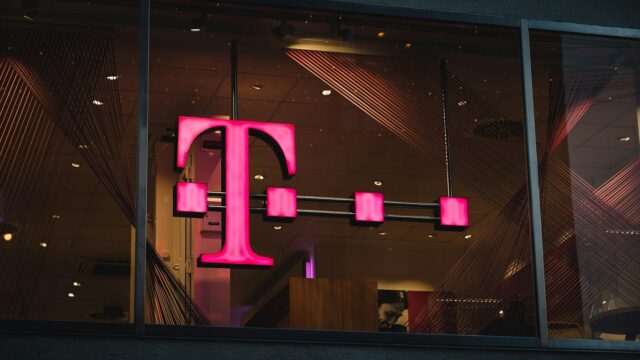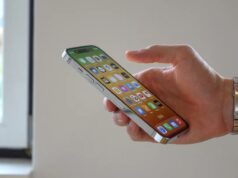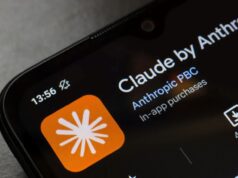
For years, the U.S. wireless industry largely revolved around a couple of familiar names, with T-Mobile playing the role of the feisty underdog. But that storyline has changed. T-Mobile has now stepped into the spotlight as America’s top mobile network—a development that, while surprising to some, has been years in the making. Recently crowned by Ookla as the “Best Mobile Network in America,” this recognition is more than a trophy; it represents a long journey of calculated risks, strategic moves, and a stubborn focus on network excellence.
Key Takeaways:
- T-Mobile has been named the “Best Mobile Network in America” by Ookla after extensive real-world testing.
- The Sprint merger added essential 2.5 GHz mid-band spectrum, turbocharging its 5G rollout.
- Its “layer cake” strategy blends low-band 600 MHz and mid-band 2.5 GHz for optimal coverage and speed.
- Investment in 5G Standalone (SA) architecture is a major performance driver.
- A new T-Satellite service with Starlink aims to erase dead zones.
- Innovations like 5G Advanced features and network slicing are ongoing.
- Customer experience and value remain front and center.
The climb to leadership wasn’t instant. It took years of forward-thinking decisions and a bold approach that blended spectrum strategy with real-world technology deployments. This piece takes a closer look at the key drivers behind T-Mobile’s rise.
The Foundation: Strategic Spectrum and the Sprint Merger
Much of T-Mobile’s success today can be traced back to its aggressive spectrum acquisitions. It started with low-band 600 MHz spectrum, which offered solid rural coverage and better building penetration—albeit with limited speeds. The real game-changer, though, came in April 2020 with the Sprint merger. That move unlocked access to an abundant supply of 2.5 GHz mid-band spectrum—a goldilocks frequency that hits the sweet spot between coverage and speed.
Ulf Ewaldsson, T-Mobile’s president of technology, described it as a deliberate divergence from the high-speed but limited-range mmWave strategy favored by others. “We went all-in on a very different strategy,” he said. “It’s going to be a mid-band play… paired with a strong low band.” This balance became the backbone of T-Mobile’s “layer cake” approach, allowing rapid, widespread deployment of fast 5G services.
Building the Network: 5G SA and Advanced Tech
T-Mobile didn’t stop at spectrum. It doubled down on infrastructure, becoming the first to launch a nationwide 5G Standalone (SA) network. Unlike earlier versions, 5G SA uses a dedicated 5G core, enabling faster, more reliable performance and unlocking capabilities like network slicing.
“A standalone core is smarter,” Ewaldsson noted. “It lets us mix and match our bands for the best user experience.” Network slicing, for instance, lets T-Mobile create custom virtual networks. They’ve already rolled out T-Priority for first responders and tested use cases at large-scale events like the Las Vegas Grand Prix.
Another technical frontier: 5G Advanced. In May 2025, T-Mobile set an uplink speed record of 550 Mbps using advanced Release 17 tech. That matters for emerging applications like Extended Reality (XR) and high-quality video sharing, where upstream performance is critical.
Validations from the Real World
All this innovation wouldn’t mean much without real-world results. Fortunately for T-Mobile, third-party validators like Ookla and Opensignal are backing up the company’s claims. Ookla, through massive-scale user testing, awarded T-Mobile its top honor. Opensignal’s June 2025 report also shows T-Mobile leading in areas like:
- Overall download speed: 177.5 Mbps
- 5G download speed: 252.4 Mbps
- Network reliability and consistent quality
- Video, live video, and gaming experience
These aren’t minor wins. They show meaningful user experience improvements, reinforcing that the network investments are actually delivering.
Eliminating Dead Zones: The T-Satellite Leap
One of the more ambitious projects on T-Mobile’s roadmap is its collaboration with Starlink. On July 23, the T-Satellite service went live commercially, aiming to offer basic text messaging in dead zones.
This isn’t a pie-in-the-sky idea—over 657 satellites are already orbiting, and during the beta phase, nearly 1.8 million users sent messages from remote locations. No special hardware is needed. If your smartphone was made in the past four years, it likely works already.
Emergency services like 911 texting are coming next, and data services are on the horizon for October 1. T-Mobile is even working with OS developers to optimize app behavior over satellite. It’s an effort that further extends T-Mobile’s reach and relevance.
The Human Element: T-Mobile’s Un-carrier Ethos
While tech is the engine, customer focus is the steering wheel. T-Mobile’s Un-carrier philosophy—which once challenged the norm with contract-free plans—still guides its approach. Perks like free DashPass subscriptions, straightforward pricing, and a five-year rate guarantee continue to set it apart.
CEO Mike Sievert put it plainly: “We made big bets on 5G, pushing the limits… but it’s about creating a network ready for the future.” That future, as it turns out, may already be arriving.
FAQ Section
Q1: What does it mean for T-Mobile to be the “Best Mobile Network Champ”?
A1: It means independent analyses by firms like Ookla and Opensignal have ranked T-Mobile highest across critical performance metrics, based on actual usage data from millions of devices.
Q2: How did the T-Mobile and Sprint merger impact T-Mobile’s network?
A2: It provided vital 2.5 GHz mid-band spectrum, accelerating T-Mobile’s 5G coverage and performance capabilities.
Q3: What is 5G Standalone (5G SA) and why is it important for T-Mobile?
A3: 5G SA runs on a dedicated 5G core, enabling lower latency, improved control, and advanced features like network slicing—a key to performance and customization.
Q4: What is T-Mobile’s “layer cake” spectrum strategy?
A4: It’s a blend of low-band for coverage, mid-band for speed and capacity, and high-band for ultra-fast speeds in limited zones. This mix provides broad, fast, and reliable 5G service.
Q5: What is T-Satellite service and how will it change mobile connectivity?
A5: T-Satellite is a Starlink-powered service providing satellite-to-mobile messaging in remote areas. It aims to eliminate dead zones and expand emergency service access.
Q6: What specific network performance metrics does T-Mobile lead in, according to recent reports?
A6: T-Mobile tops the charts in download speeds, 5G performance, reliability, video quality, and gaming experience—all based on real-world user testing.










